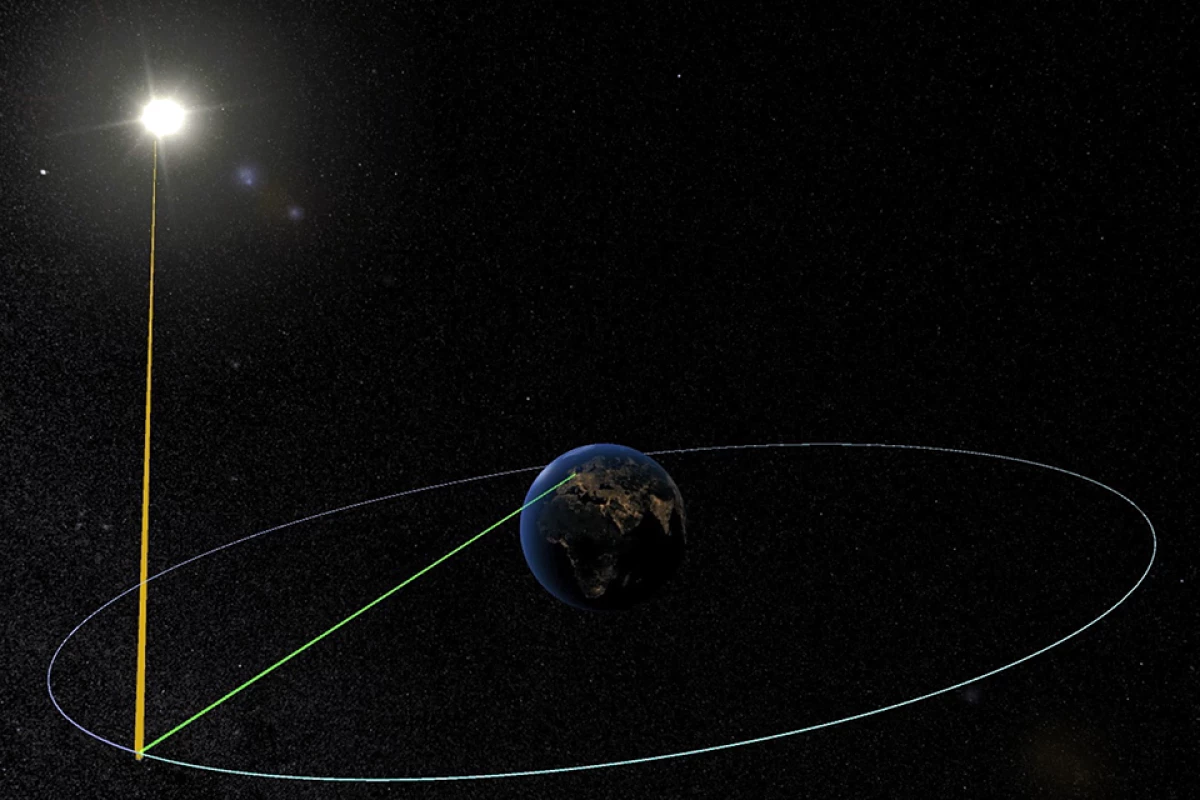The British government has commissioned a new study looking at the potential to build an orbital solar power station by 2050. Led by Frazer-Nash Consultancy, the new study looks into the feasibility of space-based solar power (SBSP) systems that use giant solar arrays to generate electricity and beam it to Earth in the form of microwaves.
As a major power source, solar panels have a number of disadvantages that have more to do with where they are than what they are. The most obvious drawback is that the Sun sets with aggravating regularity and without it, solar panels are just panels. Also, the Sun moves through the sky, so solar panels either have to settle for a very variable output or they have to include a tracking mechanism that allows them to follow the Sun to maintain the optimum angle.
Then there's the problem of weather. Not only can cloudy days effectively shut down a solar power plant, the fact that sunlight has to filter through the Earth's atmosphere means that it's attenuated, cutting down on the power output.
None of this has anything to do with the inherent technology of solar panels. It has more to do with the fact that the ones used to generate electricity on Earth are sitting on the Earth's surface. However, if a solar power plant could be set up in orbit, these disadvantages vanish. The Sun never sets, arrays can always be set at the ideal angle 24 hours a day, and there's no atmosphere to block or attenuate the light.
The question is, how to get that energy back to Earth? One answer is to send it in the form of a microwave beam, which is picked up by fields covered with dipole antennas and turned back into electricity before being fed into the grid.
The idea isn't new. It was first suggested by the science fiction writer Isaac Asimov in 1941 in his short story Reason, and a design for a power transmitter was patented by Peter Glaser in 1973. In 1976, Physicist Gerard K. O'Neil made building such solar power plants the main industry for his proposed orbital space colonies.
The trouble is that building such gigantic solar plants in geosynchronous orbit would be enormously expensive, so the idea keeps being relegated to some far off future date.
Now, encouraged by the prospect of lower launch costs through new commercial space companies, the British government is reviving the idea of orbiting solar power plants as a zero-emission alternative energy source and has commissioned a new study by Frazer-Nash Consultancy to see if the concept is both feasible and economically viable.
According to the UK Space Agency, the new research will look at both the engineering and economics of such plants with special attention on how to assemble such satellites in orbit on a huge scale.
"Decarbonizing our economy is vital," says Martin Soltau, Space Business Manager at Frazer-Nash. "We need to explore new technologies to provide clean, affordable, secure and dependable energy for the nation. SBSP has the potential to contribute substantially to UK energy generation, and offers many benefits if it can be made practical and affordable.
"Frazer-Nash is studying the leading international solar power satellite designs, and we will be drawing up the engineering plan to deploy an operational SBSP system by 2050. We are forming an expert panel, comprised of leading SBSP experts and space and energy organizations, to gain a range of industry views.
"We will compare SBSP alongside other forms of renewable energy, to see how it would contribute as part of a future mix of clean energy technologies.
"We have also partnered with Oxford Economics, who have significant experience in the space sector and who will provide additional insight to the economic assessment of the system, and the benefit to the UK economy."
Source: UK Government





